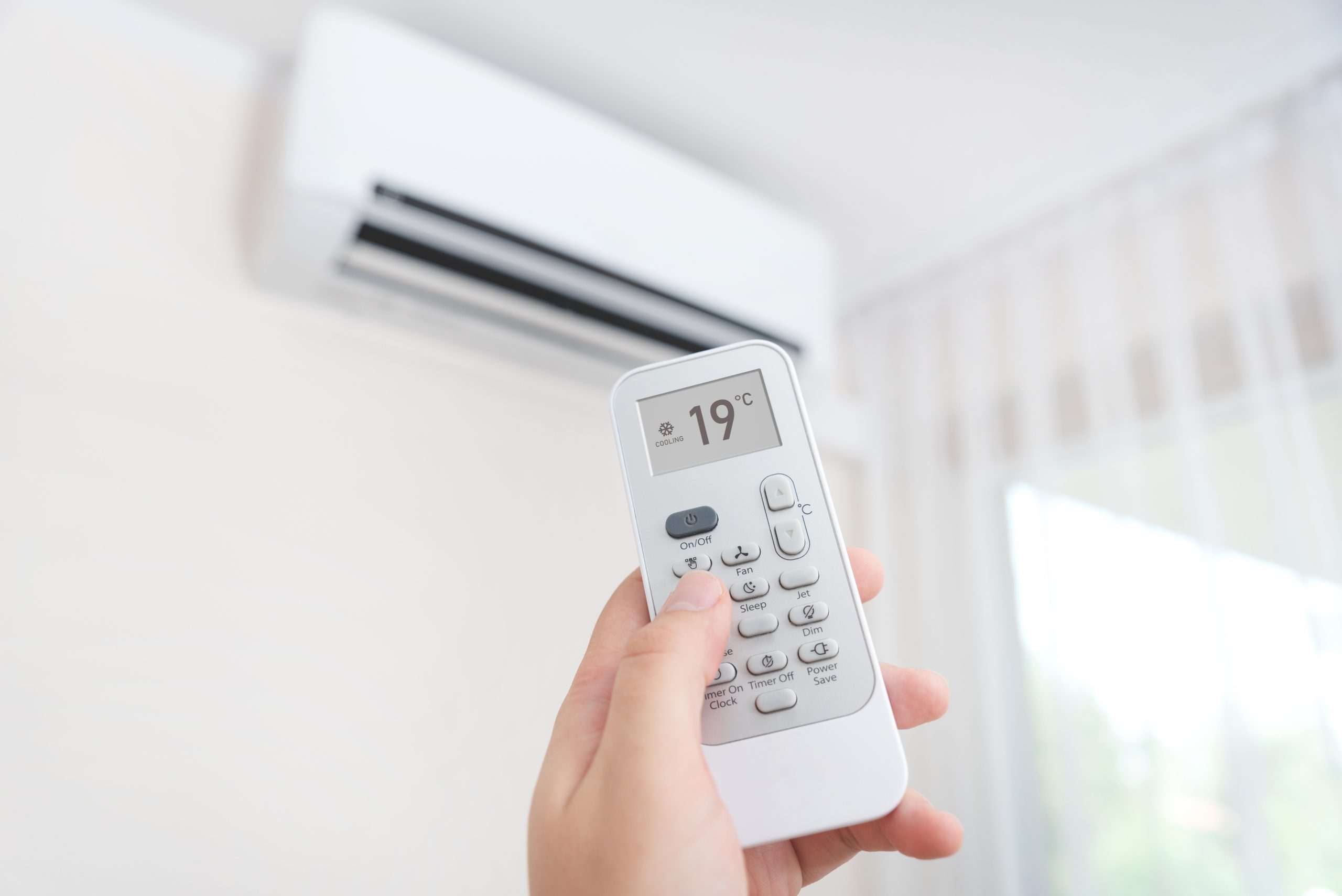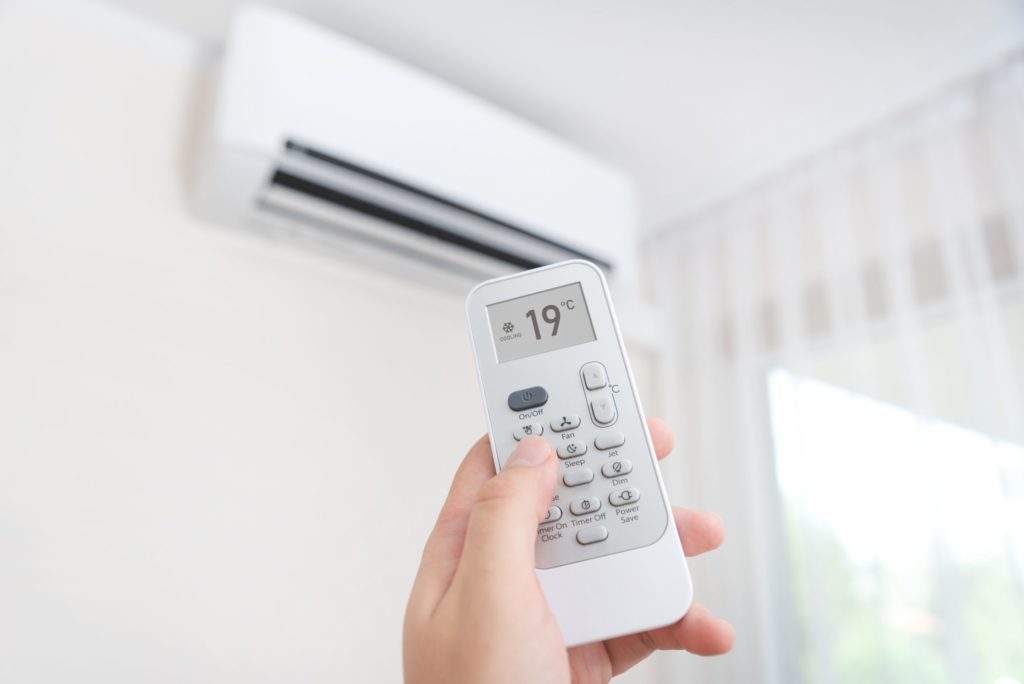
Unless your office building is quite small, air conditioning can be a complicated part of cooling the space. It all has to be installed so that each space in the building is cooled effectively, which can be a bit more than the average installation.
Why You Need Air Conditioning in Your Office
Keeping the temperature at a steady level in your office has several benefits. First of all, it allows people to know what to expect in the office, so they can dress accordingly. This sense of routine makes life much easier for all involved.
It’s also been shown that having a cooler, comfortable environment to work in boosts employee productivity. Heat can make people sluggish, so it’s best to aim for a cooler environment, though not so cool as to make people uncomfortable.
In addition, the movement of air throughout the building can make employees feel more energetic. This is something you definitely want when you are trying to keep everyone alert and productive. There is the additional benefit of reducing humidity, so it actually makes the office space more comfortable and better for your paper products.
Since humidity can actually make you feel hotter than you actually are, reducing the humidity, as well as creating a cooler environment will help the office become a more pleasant place to work.
Air conditioners also improve the air quality. In today’s world, no one should be coming to work while ill, but it does still happen. This means that germs are still being released into the air. Fortunately, air conditioning systems use filters to purify the air. This reduces the germs and bacteria floating around. It also eliminates much of the dust and allergens that may be in the air, making the office space a healthier place to be.
What Type of Air Conditioner Do You Need?
There are several different options for air conditioners. Some, like mini-splits, are best suited to homes or cabins. However, if you are planning to cool an entire floor, you will want something that can handle a much larger area.
A single split system will work for relatively small areas, which is most affordable. You can adjust the temperature in each space, but they are only used for a relatively small area. These systems may include either a system that uses refrigerant lines to cool air, thanks to an outdoor unit. You’ll need one outdoor unit for each space you plan to cool.
Multi-split systems work just like the single split, but they are more efficient and use one outdoor unit for several indoor outlets. You should be able to provide cooled air to at least nine different indoor spaces. The systems can adjust according to the temperature, so they are more energy-efficient than their smaller counterparts.
VRV (Variable Refrigerant Volume) and VRF (Variable Refrigerant Flow) systems are your best option for cooling large areas. They are actually the same system, both of which use refrigerant to cool your space. They can also be used to heat the air if needed.
If you’re still not sure which option is best for your office, you can talk to a professional HVAC installer. They’ll help you figure out how much energy you’ll need to use and where to place the air conditioning units. This will determine which type of air conditioning unit you’ll use in the end.
Placement of the Air Conditioning Units
You have to determine where your air conditioning units will be placed before you get started with the installation. The main unit will need to be placed outdoors since this is where the air will be cooled. To plan out where it will go, you’ll want to choose a place that is somewhat central to the rooms you’ll be cooling. It also needs to be placed on your building’s property.
The unit should:
- Have 2-3 feet of space all around it
- Be placed on the cooler side of the building
- Be free of obstructions in the immediate area
- Not be set in a passageway or walkway
- Be elevated on concrete to avoid puddles
- Have a cover over it to prevent direct sunlight
- Be placed far enough from bedrooms to prevent noise complaints
The outdoor unit can be pretty noisy, so be careful that you place it where it won’t cause issues with the neighbours or interfere with the office work.
The indoor units or outlets will also need to be placed carefully. If you are using ducts for moving the air around, then you’ll be somewhat limited in where you can put them, but there are a few general guidelines to get the most out of your air conditioning unit.
First, the unit or vent should be placed as high as possible in the room. This is because cold air sinks. If you place it near the floor, the air will simply ooze out and stay low. However, adding the vent up high ensures the cooler air will drift downwards, helping everything cool down. It can also be helpful to install a fan, if possible. This will help distribute the cold air throughout the room and keep it moving so it mixes with the warmer air and gives you a more bearable atmosphere.
Ideally, the vent or unit will also be central in the space, to ensure the entire room gets cooling air. If it is placed in a corner, the air will tend to stay in that area, so everyone else will miss out on the cooler space. Of course, this also depends greatly on the size of the space.
Finally, avoid putting an air conditioning unit directly over any electrical fittings, as the condensation can result in problems if it drips down. It’s also problematic if there is a leak in the future.
HVAC Maintenance: Keeping Your Air Conditioner Working
Of course, air conditioning units require upkeep and maintenance, so you’ll have to figure out when to do this regularly. Generally, you’ll need to perform regular maintenance every six months. This includes:
Air Filters: Check and clean the filters if possible. Some filters cannot be cleaned and must be replaced. This should be done a minimum of every six months, but it’s best to check every month or two, just to ensure you’re not breathing more dust than necessary.
Cleaning: You’ll need to clean all outdoor pieces of the system, as well as a blower, evaporator coil, belts, etc. Everything should be in good working condition with a minimal build-up of dust. Cleaning regularly keeps the system running efficiently.
Checks: Look over all the parts of the system to make sure there are no cracks, leaks, or other types of damage that needs to be repaired. If there are flaws, they should be repaired immediately.
Test Controls: All controls and the thermostat should be checked, tested and reset as needed. This will help prevent future issues.
By checking your system regularly, you’ll avoid small issues turning into big problems. However, it’s often beneficial to have a trained technician come to do the checks and programming of the controls so you can focus on your actual work. The technician will ensure that the system is working well and is functional throughout the building. This also saves you a lot of time and money when it comes to repairing things on your own.
Staying Cool
Your employees will be grateful for a comfortable workplace and will tend to be more productive when you install air conditioning. As long as you have properly considered the various aspects of air conditioning and ensure the system is sturdy enough for the entire place, you’ll be in an excellent position to keep your workers happy. You’ll be more comfortable, too.
Regular upkeep is all part of having an air conditioning system and making certain it continues to run perfectly. It’s always a good idea to discuss the setup with a professional HVAC company to ensure you have the right design planned out. The technicians can help you determine the best placement for each part of the system and then create a maintenance plan, once the whole system is installed.
Are you in the market for a good air conditioning system? Contact Ian Hobbs to learn more about your options and how we can help you cool your office building.

 01761 414 356
01761 414 356



